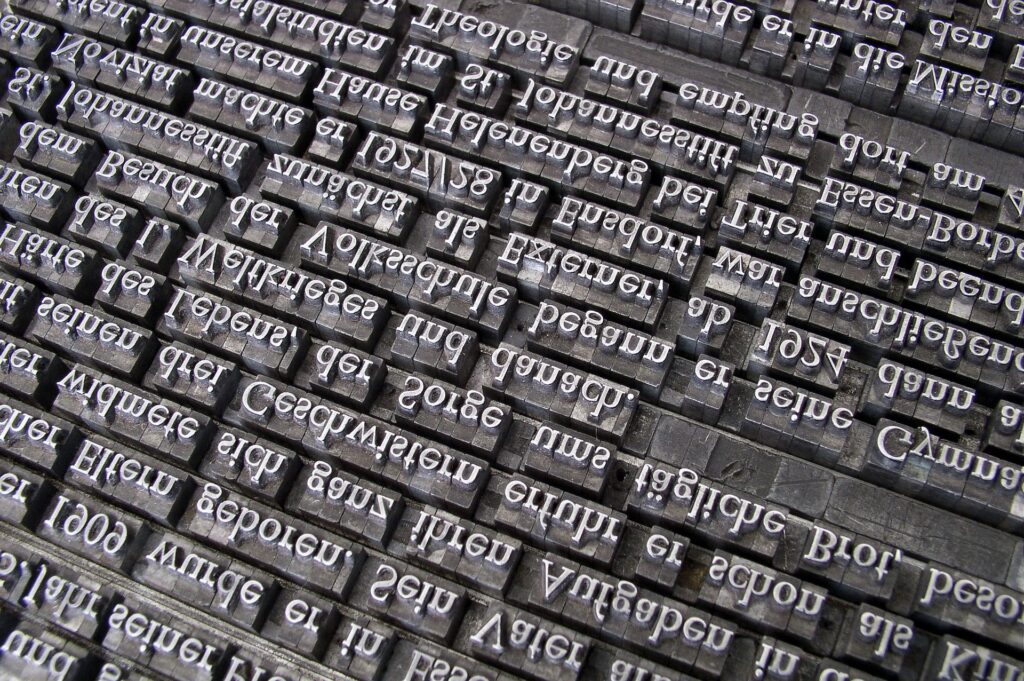What is gender neutral language?

Gender-neutral language, also called non-sexist, gender-inclusive, or non-gender-specific language, refers to language that includes words or expressions that cannot be taken to refer to one gender only.
This kind of language avoids bias against a particular sex or gender.
It has to be highlighted that in English, there is a difference between “grammatical gender”, “gender as a social construct” (which refers to the roles, behaviours, activities and attributes that a given society at a certain time considers appropriate for men or women) and “sex” as a biological characteristic of living beings.
Nonetheless, still today, there is in Italy a question of non-recognition of people with non-binary gender identities from a legal and social point of view. It is interesting to notice that in the Italian language recent efforts for a more inclusive language has been done. In fact, a research for suitable expressions to represent people who do not recognize themselves in the gender binary is underway at the moment, to the scope of promoting a language that will be more respectful of diversity and inclusive of all genders. Contrary to English, apparently a less gendered language, the Italian language is indeed a gendered language that declines subjects, verbs, articles and adjectives in a binary way.
For the written language and for inclusive purposes, at the moment, the most commonly used representation is Schwa (ə), the letter ‘E’ of the international phonetic alphabet, reversed by 180°.